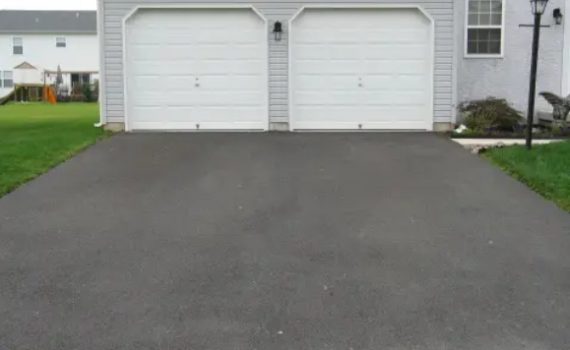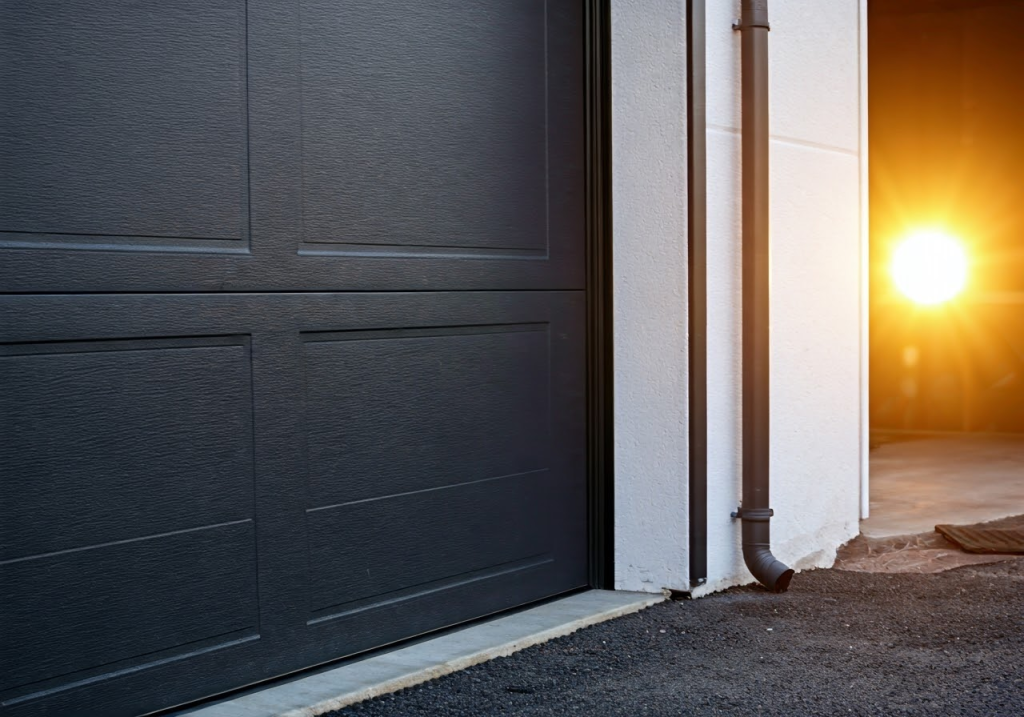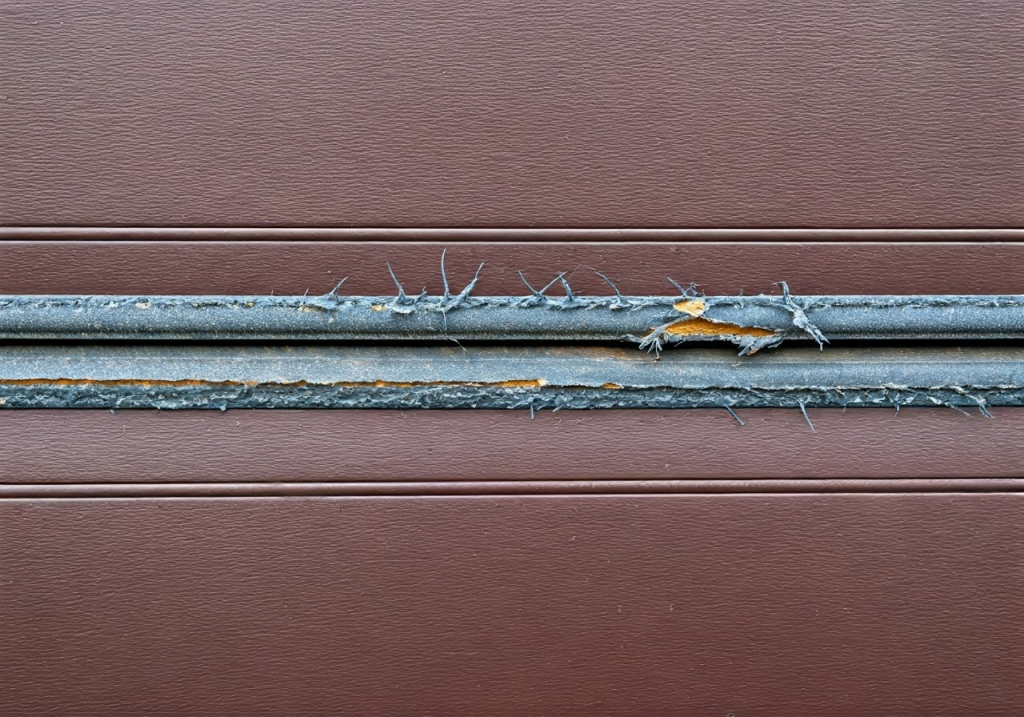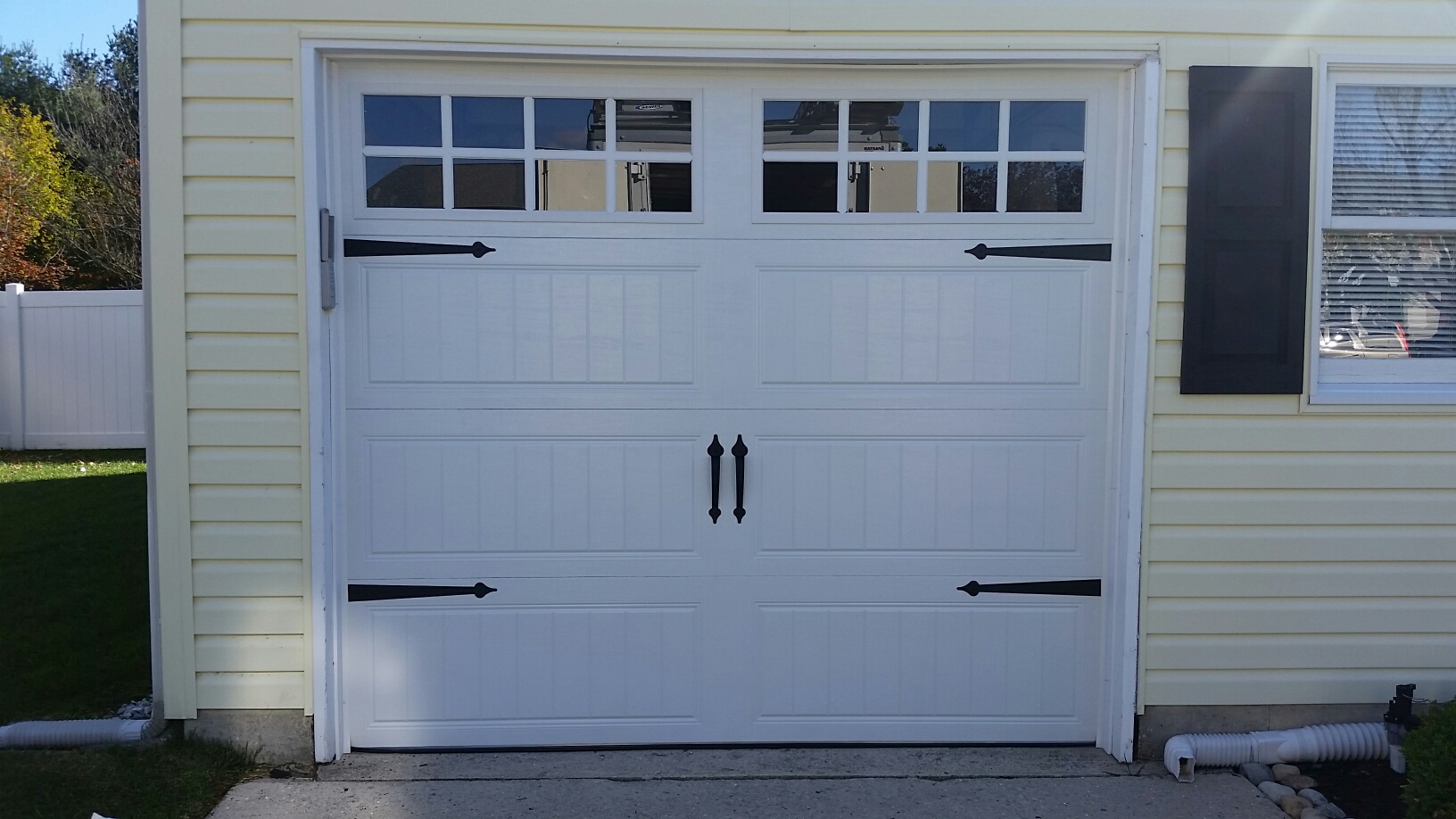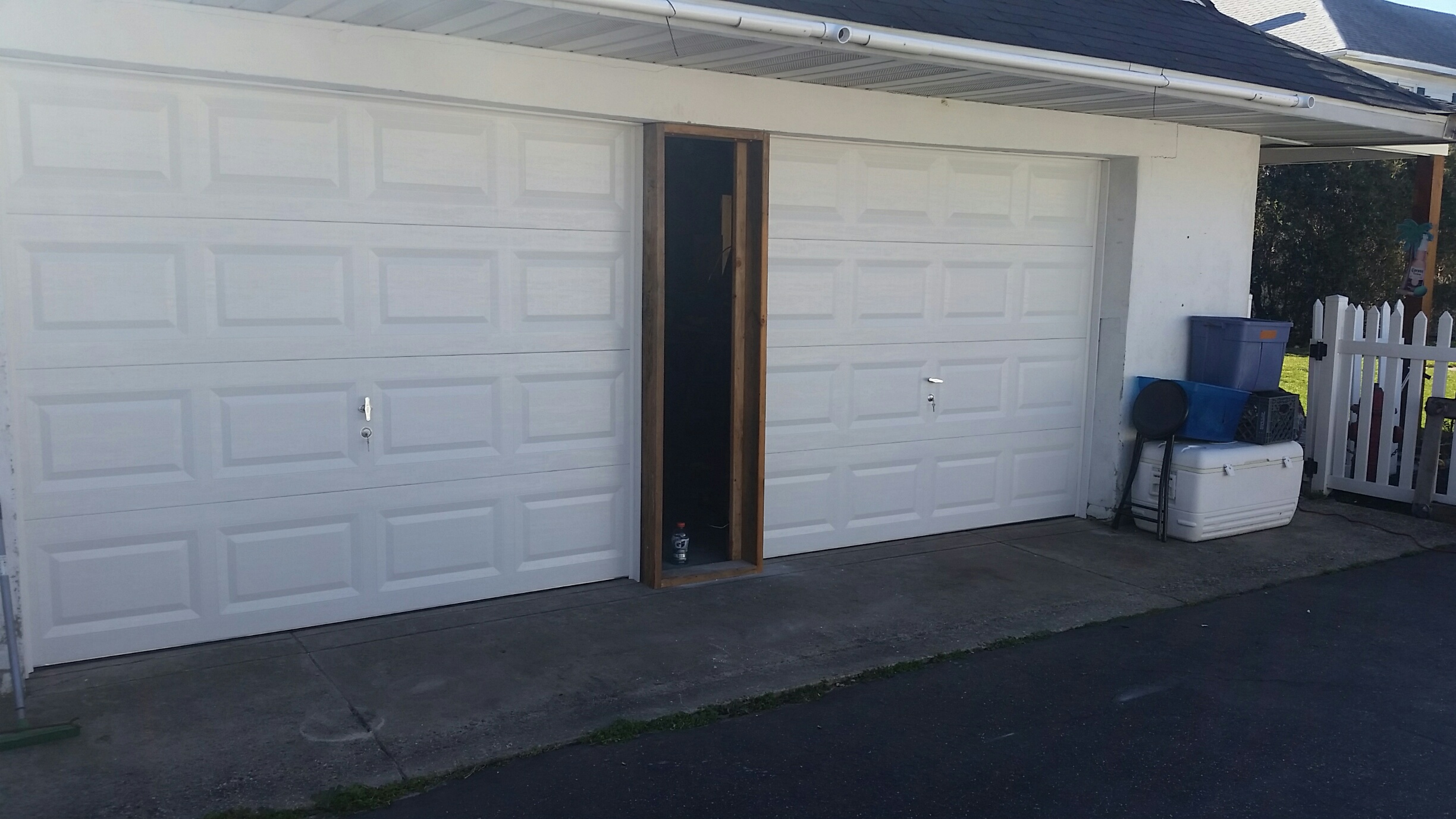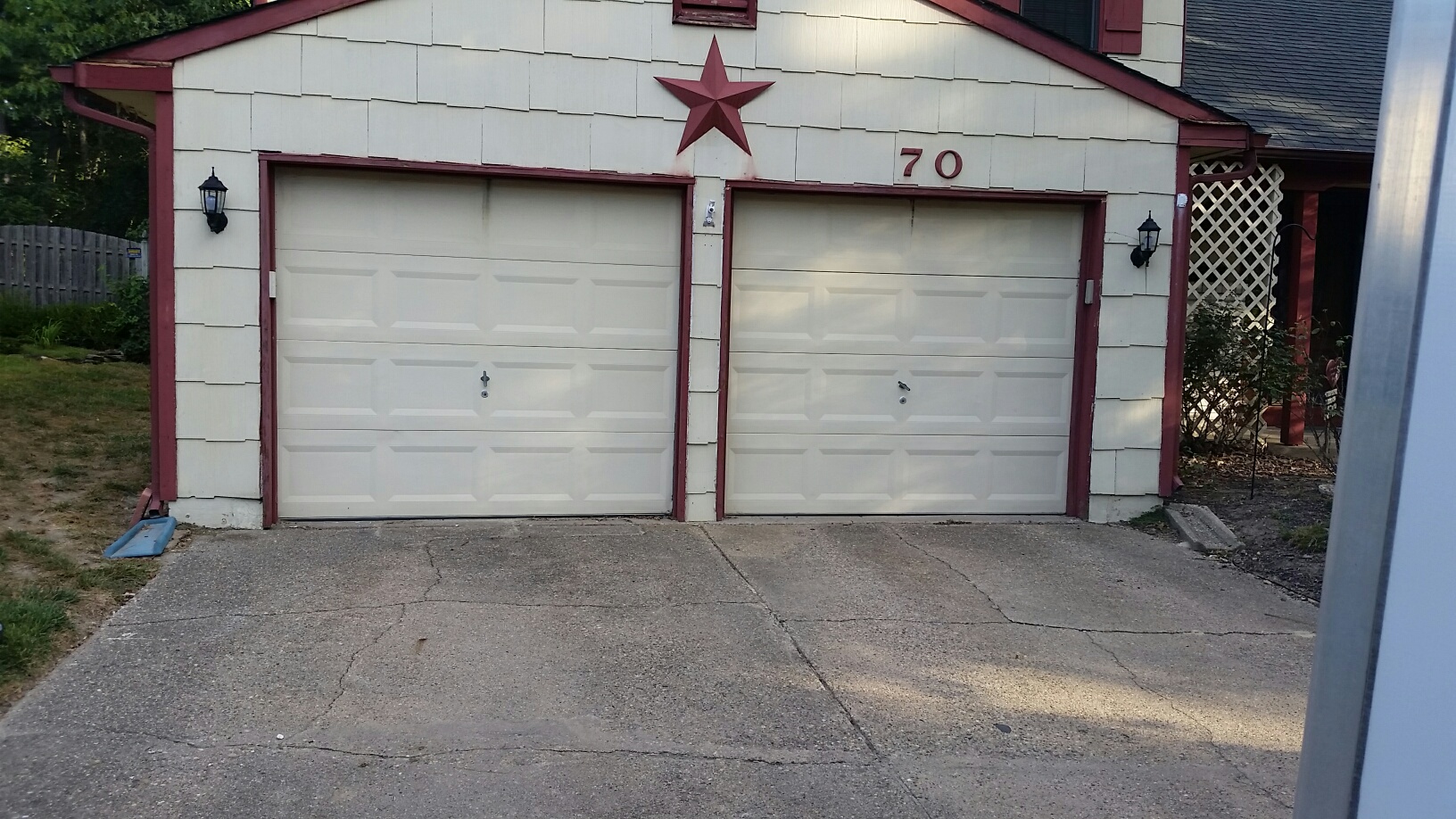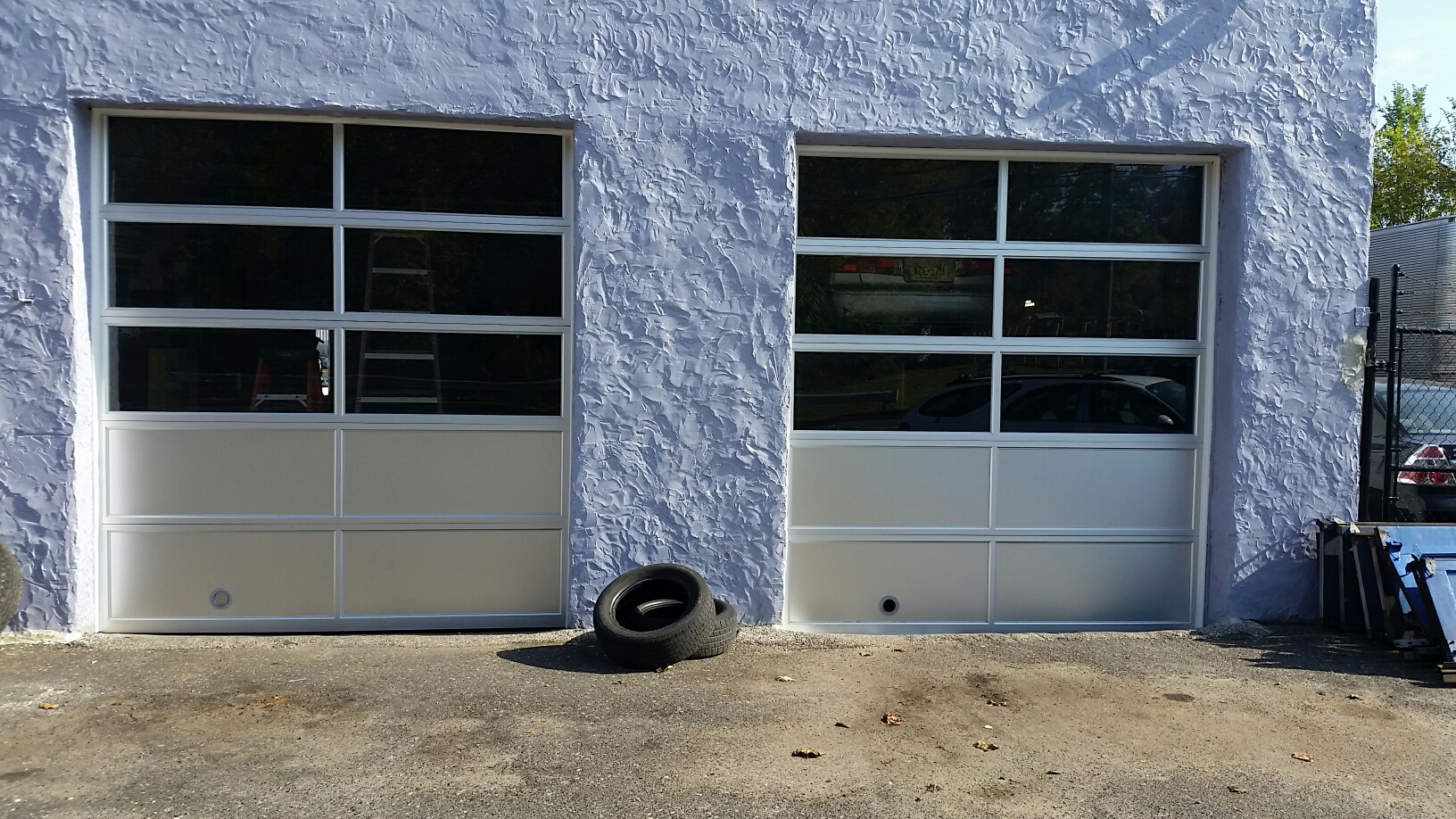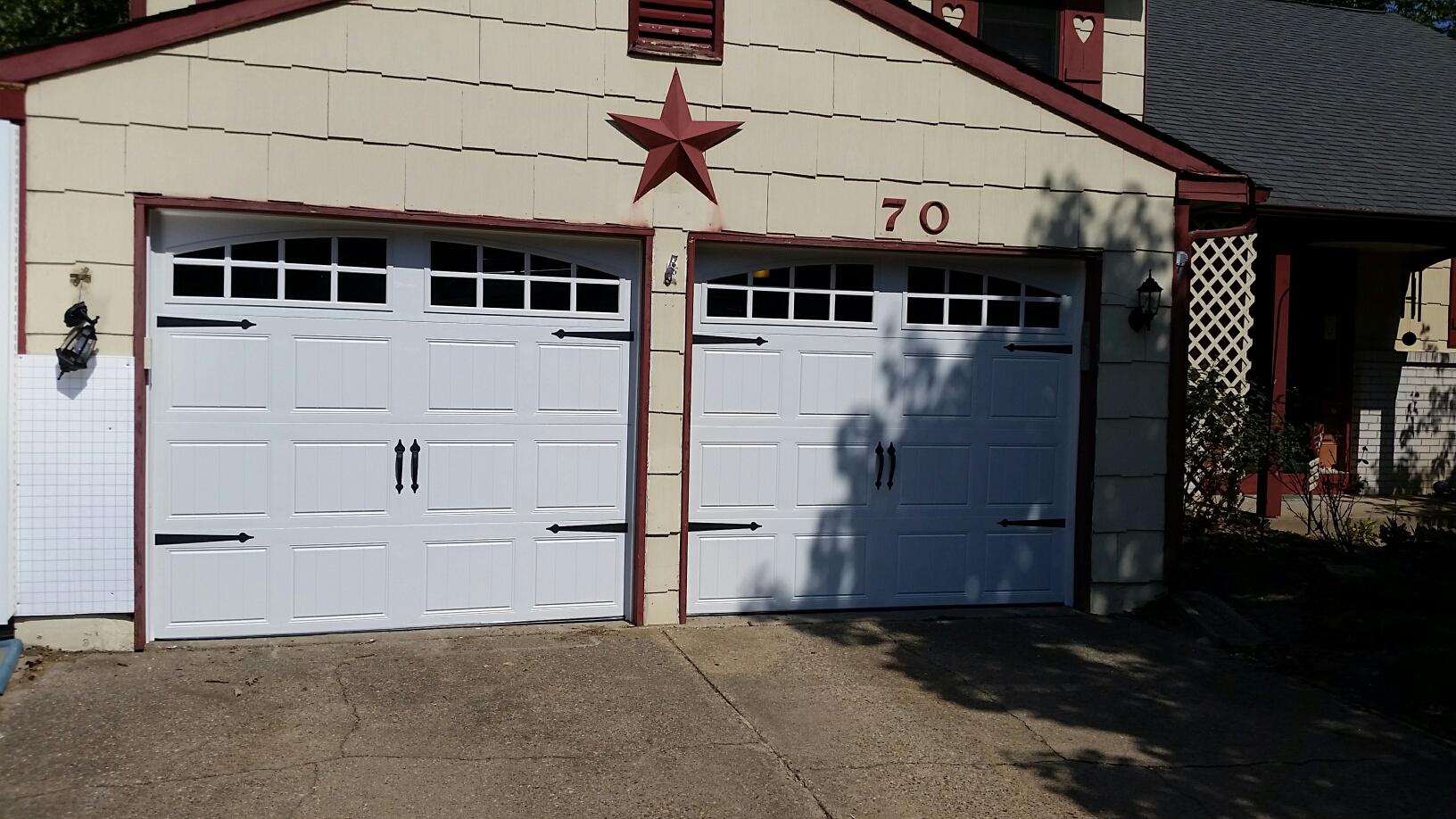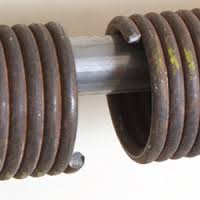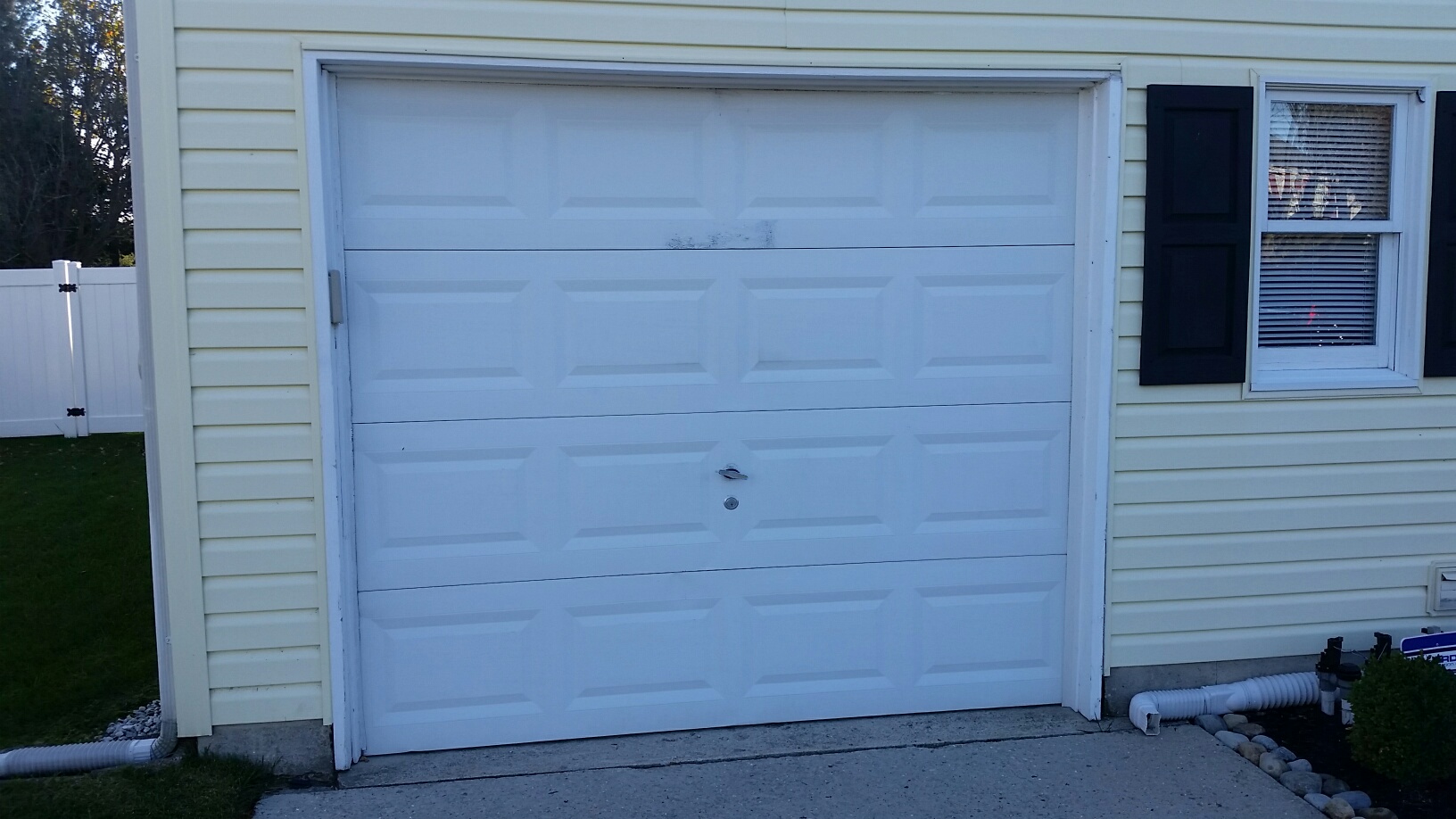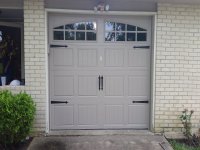
Sagging Garage Door: Causes and Solutions
There is a type of sigh your house lets out when something is amiss. It’s usually the apparent sag of a sagging garage door – that strange uneven look, maybe a stubbornly lingering gap on one side of the doorway long after the door is closed. It’s one of those nuisances many homeowners know all too well, and, admittedly, it just looks worrisome.
Not only an eyesore, though, that sag foretells trouble brewing. It signifies stress on the garage door system, induces unnecessary strain on your garage door opener, and even jeopardizes the safety of your family and property. Not taking care of it rarely makes it better.
Here at Dave Moseley The Door Guy, we recognize that sense of annoyance when something within your home is not working to the best of its ability. We encounter these issues day in and day out, and recognize that repairing that sagging garage door immediately isn’t just a wise repair option; it’s about restoring your feeling of security.
Why Does My Garage Door Sag?

Think of your garage door as being in a precarious balance. When all the parts go together, it just glides along like a dream. But when something gets knocked out of line, you’ll find yourself noticing that frustrating sagging garage door. So, what is most likely causing this imbalance?
- Hard-Working Springs Wear Out: More often than not, the problem lies with the springs on the garage door. These workhorses (especially the large torsion spring that you can see suspended above the door) do the heavy lifting, supporting the massive weight of the door. Like all mechanical things, they fatigue or even snap with age. When they wear out, the door is no longer in balance, directly causing that typical sagging garage door.
- Wear, Tear, and Damage: Life leaves its impression! A sloppy bump, typical aging, or even rot (which is common with wooden garage doors and older garage doors) may undermine the structural integrity of the door panels. A compromised frame simply can’t maintain its rigid form, and the result is a noticeable sag.
- Trouble on the Tracks: The tracks of the garage door are what guide the movement of the door. When the metal tracks get bent, dinged, or out of line, the rollers get stuck or jammed in strange places, which produces uneven operation, causing or mimicking sagging.
- Loose Connections: Sometimes, it is the small things. Through ongoing opening and closing cycles over time, essential hardware like hinges and brackets will gradually become loose. This causes instability that affects the door’s alignment and can worsen a sag.
- A Stressed Opener: While your garage door opener initiates the action, it relies heavily on those springs to do the heavy lifting. An unbalanced, sagging door puts a huge amount of stress on the opener. While the opener itself is not usually responsible for the sag, this added stress can lead to premature wear on its own components, such as internal sprockets or couplers.
Diagnosing a Sagging Garage Door: The Balance Test
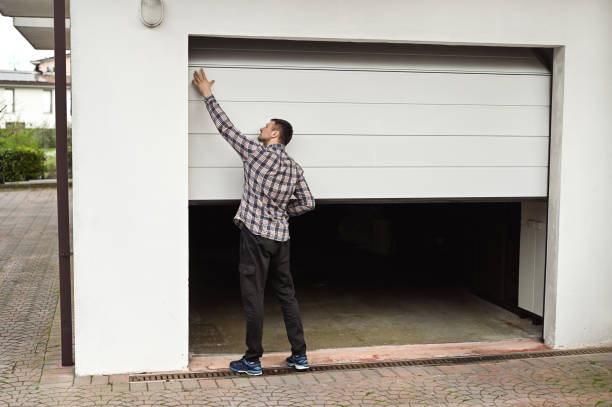
So, you think you have a sagging garage door? Perhaps you’ve noticed that wobbly appearance, or maybe there’s a noticeable space between one side of the door and its casing after you close it. Your eyes don’t tend to fool you with something like this, and it might indicate that your door is unbalanced. A simple way to confirm this is by performing a balance test on the garage door.
Important Note: Handle this test with care. If the door is significantly out of balance, it could swing unexpectedly.
Here’s how to check:
- Start with the Door Closed: Ensure your garage door is all the way down.
- Engage the Manual Release: Find the red cord (that’s the manual release) hanging on the garage door opener rail. Pull on it – this releases the door from the automatic opener.
- Lift Manually: Now, slowly lift the door by hand to about halfway. Observe how heavy it is.
- Observe: Slowly let go. What happens to the door?
A well-balanced garage door will remain more or less where you left it, perhaps moving slightly up or down. But if it slams shut or flies open hard by itself, that’s an unmistakable sign you’re facing a balance problem. This quick test reveals a lot about the health of your door.
Repairing the Sag
Okay, so your door is clearly sagging, and if you’re noticing it, you might also be dealing with a balance issue. This kind of issue is common with a sagging garage door and can have a big impact on its performance. You can try some simple checks yourself, like inspecting the door’s balance or the condition of the springs. However, if the problem goes beyond that, you may need professional help to handle the more complex repairs. Don’t hesitate to reach out to an expert to get things back on track!
When to Call the Experts (Highly Recommended!)
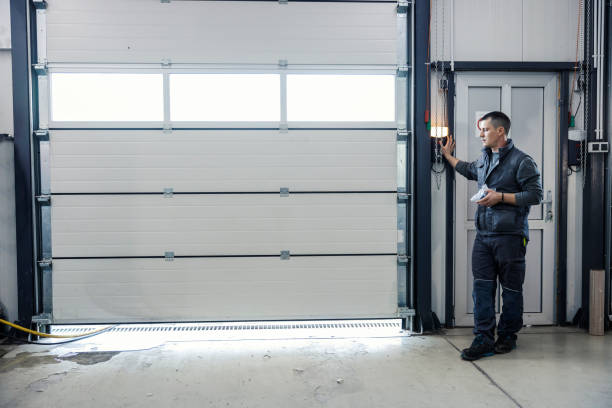
Let’s be absolutely clear on this: working with garage door springs, particularly the tightly wound torsion spring, is seriously dangerous. These units are under extreme tension, and adjusting or replacing them without training and the proper tools can result in severe injury or damage. This is especially true if you’re dealing with a sagging garage door, which can cause additional complications. Seriously, some things should be left to a professional.
- Spring Issues: If your balance test showed a spring problem, do not attempt a DIY fix. A professional garage door repair service – like our team at Dave Moseley The Door Guy – is the solution. Oftentimes, it’s the only fix to ensure safety and get the job done right. We offer safe garage door repair and experienced garage door service.
- Major Damage: Severe dents or bending of the tracks, or severely broken door panels, typically require professional attention. In severe situations, sometimes replacing the garage door is the most financially savvy long-term solution.
- General Peace of Mind: In just about any major sagging issue, bringing in the professionals is the way to go. If you happen to be located around Salt Lake City or even in another part of the US, hiring an experienced technician gets the job done right and safely.
Quick Checks You Can Consider (But With Caution!)
For very minor issues or for general maintenance, there are some things you can check on:
- Hardware Check: Grab a screwdriver and carefully inspect the screws securing the door’s hinges and brackets. Are they tight? Don’t over-tighten, but make sure nothing feels overly loose.
- Lubrication: Applying a compatible lubricant or grease (you can look up suggestions at a hardware store or consult your door’s manual) to the metal rollers and tracks may help things move slightly more smoothly. Just be aware that this won’t fix major balance problems.
Honestly, if at any time you are unsure, seeking professional advice is always safest.
Providing Support Using Struts
You may see horizontal bracing, also called struts, on certain garage doors, most notably wider or older garage doors. These serve to provide extra strength and prevent bowing.
Key Note: Adding struts adds weight to the door. If struts are needed, it’s absolutely imperative that the garage door springs be inspected (and probably adjusted or replaced) by a qualified technician, such as us at Dave Moseley The Door Guy, to account for this added weight. Adding struts without adjusting the springs can exacerbate balance problems or overwork your opener.
Prevention: Keeping Your Door Balanced
Wouldn’t it be great to steer clear of that sagging garage door issue altogether? Although parts can wear out over time, addressing a sagging garage door with a bit of proactive maintenance can work wonders in keeping your garage door system in good working order and ensuring a balanced garage door.
It’s like a quick check-up for your door:
- Use Your Senses: Occasionally, just sit and listen as your door opens and closes. Do you pick up any new rattling, shaking, or straining sounds? Finding these early is half the battle.
- A Little Lubrication: Keep those movable parts in top condition! Applying the proper grease to the metal rollers and hinges every now and then minimizes friction and wear, and helps it operate more smoothly.
- Schedule a Tune-Up: Frankly, the best prevention is a yearly check-up. Having a professional perform regular garage door maintenance – like the maintenance checks offered by Dave Moseley The Door Guy – provides an expert eye the opportunity to find potential problems, make minor adjustments, and balance everything out before problems arise. It’s peace of mind in action!
Ready for Relief? Let’s Get It Fixed
So, that noticeable sagging in your garage door? It’s often more than just a cosmetic issue; a sagging garage door frequently points to underlying problems, potentially with vital components like your garage door springs. Please don’t ignore these signs or underestimate the importance of a properly functioning door.
Prioritize the safety and reliability of your entire garage door system. If you find yourself with a sagging garage door, acquiring professional help as soon as possible is the most intelligent decision to make.
Contact Dave Moseley The Door Guy today for expert garage door repair – let us restore balance and give you peace of mind.
Frequently Asked Questions
What Causes a Sagging Garage Door?
A sagging garage door can occur due to several factors. The most common causes are worn-out springs, wear and tear on the door’s frame, misaligned tracks, loose connections in the hardware, or stress on the garage door opener. Over time, these issues put undue strain on the door, leading to noticeable sagging.
How Can I Fix My Sagging Garage Door?
Fixing a sagging garage door involves inspecting the springs, tracks, and hardware for wear and damage. In some cases, tightening loose brackets or lubricating the moving parts might help. However, major repairs—such as replacing springs or realigning the tracks—should be handled by a professional to avoid further damage or safety risks.
Is a Sagging Garage Door Dangerous?
Yes, a sagging garage door is more than just an eyesore—it can pose safety risks. A sagging door puts extra strain on the opener and other components, potentially leading to malfunction or breakdowns. If left untreated, it could also create security vulnerabilities in your home, making it easier for intruders to gain access.
Can I Repair a Sagging Garage Door Myself?
While minor issues such as loose hardware can be fixed by homeowners, major problems like worn-out springs or misaligned tracks require professional help. Attempting to fix a sagging garage door yourself—especially when dealing with the torsion springs—can be dangerous without the proper training and tools.
How Do I Know If My Garage Door Is Sagging?
To check for a sagging garage door, you can perform a simple balance test. First, close the door completely and disengage the opener. Then, manually lift the door halfway and let go. If it slams shut or flies open, your garage door is unbalanced and likely sagging. This indicates the need for a repair to restore balance and prevent further issues.

